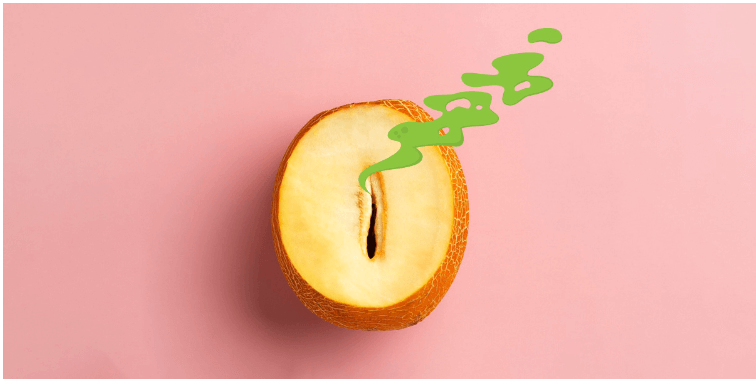Queefing, also referred to as vaginal flatulence, involves the emission of air from the vagina that creates a noise. The sound is often compared to the sound of passing gas. Queefing tends to occur during sexual intercourse when air gets pushed into the vagina, but it can happen at other times too. Understanding the causes and knowing it’s normal can help women feel less embarrassed.
What Makes a Woman Queef?
The most common cause of queefing is a change in position during sexual activity that forces air into the vagina. Positions like doggy style create more space in the vagina, allowing extra air to get trapped during thrusting. This trapped air gets forced out through the vaginal opening, creating an audible queef or air pocket. Any position that maximizes air entry into the vagina makes queefing more likely.
Vigorous exercise can also cause queefing as physical movements force air into the vaginal canal. High impact exercises like running, jumping, and burpees tend to result in more queefing. Weightlifting and squats push air in by increasing intra-abdominal pressure. Yoga positions like happy baby pose create space for air to get in. During workouts, queefing is completely normal and harmless.
Penetration of the vagina through sex, medical exams, or using tampons or sex toys can introduce extra air that gets expelled through queefs. Childbirth and pregnancy are also linked to increased queefing due to pressure and stretching of the vagina. Weakened pelvic floor muscles postpartum can make queefing more frequent too.
Tips for Managing Queefing
While queefing is no cause for concern, women may want to minimize it if it causes embarrassment or disrupts sex. Here are some tips:
– Strengthen pelvic floor with Kegel exercises for more vaginal muscle control
– Change positions slowly during sex to limit air entry
– Empty air from vagina by bearing down or manual expression
– Use lubricant to decrease friction and suction of air into vagina
– Avoid positions like doggy style that make a queef more likely
– Open communication with partner helps destigmatize queefing
It can also help to have a sense of humor about queefing when it happens during sex and simply move on. Being too self-conscious and tense can make queefing worse. Relaxing the body can decrease instances.
Are Queefs Preventable?
Queefing is generally not preventable since things like exercise, sex, and childbirth may make it unavoidable. The only guaranteed way to prevent queefing is abstinence from sex and avoiding rigorous exercise that puts intra-abdominal pressure on the vagina. Since this is unrealistic for most women, changing positions slowly, using lube, and doing Kegels are better tactics.
When to Seek Care
Occasional queefing is not a medical concern. However, if queefing becomes excessive and disruptive to a woman’s quality of life, consulting a doctor is recommended. Chronic increased queefing could signal a pelvic floor disorder or vaginal wall prolapse requiring treatment.
It’s also best to see a doctor if queefs are accompanied by other symptoms like foul vaginal odor, itching, pain, or discharge. This could indicate a yeast or bacterial infection that needs medication. Never ignore signs of a potential larger issue.
Destigmatizing Queefing
While queefing can be embarrassing, it’s important to remember that it’s very common and normal. Being anxious or ashamed about it can negatively impact confidence and enjoyment of sex. A supportive, understanding partner along with education on causes can help destigmatize queefing. With open communication, queefs don’t have to be a big deal. They are simply an audible reminder that the vagina is not a vacuum-sealed organ.

